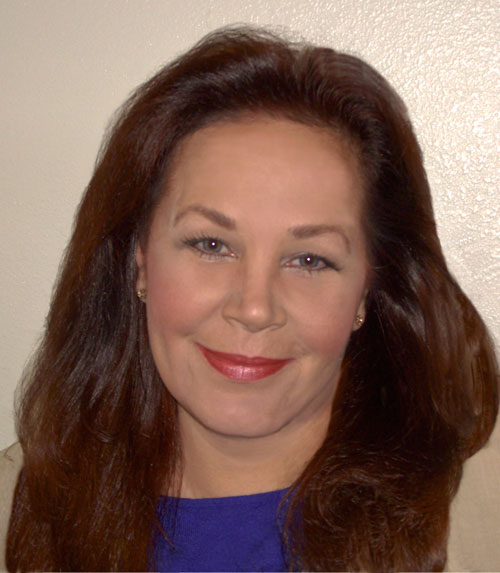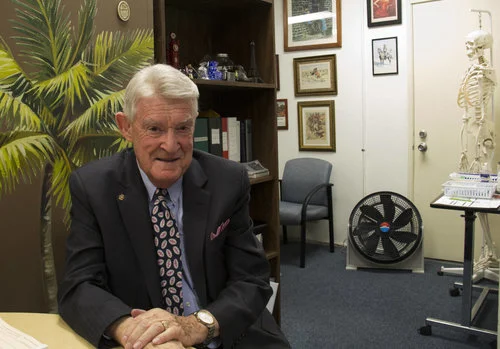DEA Gives Final Approval to Synthetic Marijuana Drug
/By Pat Anson, Editor
The U.S. Drug Enforcement Administration has approved a synthetic form of THC (tetrahydrocannabinol) – the active ingredient in marijuana that makes people “high” – as a Schedule II controlled substance. The move is the final regulatory hurdle for dronabinol (Syndros), an oral solution already being prescribed for the treatment of nausea and vomiting in chemotherapy patients, and as an appetite stimulant for AIDS patients.
Schedule II substances include oxycodone, hydrocodone and other drugs that have an accepted medical use, but a high abuse potential.
The DEA announced the scheduling of dronabinol in a notice quietly published in the Federal Register the day before Thanksgiving. The agency adopted an interim rule classifying dronabinol as a Schedule II substance in March, and the Food and Drug Administration approved a new drug application for dronabinol in July, recommending that DEA make its rule final.
This week’s action was not unexpected, but is weirdly ironic on several levels.
The classification of dronabinal as a Schedule II substance means that a synthetic version of marijuana can be legally prescribed throughout the country, while real marijuana is still classified as a dangerous Schedule I substance and remains illegal under federal law – except in the 29 states and the District of Columbia where medical cannabis is legal.
Dronabinol is sold under the brand named Syndros by Insys Therapeutics, a controversial Arizona drug maker beset by allegations that another one of its products – a potent fentanyl spray called Subsys – is responsible for hundreds of overdose deaths.
The DEA has been aggressively going after doctors who prescribed Subsys and accepted speaking fees from Insys, and several company officials have been indicted on fraud, racketeering and kickback charges.
Snydros is similar to Marinol, another medication derived from marijuana that comes in pill form.
insys therapeutics photo
The DEA's action is also notable because it gives Insys the exclusive right to manufacture and sell its liquid formulation of dronabinol without having to worry about competition. Any other synthetic version not sold as Syndros will still be considered a Schedule I substance, on par with LSD, heroin and marijuana.
“It should be noted as a preliminary matter that any form of dronabinol other than in an FDA-approved drug product remains a schedule I controlled substance, and those who handle such material remain subject to the regulatory controls, and administrative, civil, and criminal sanctions, applicable to schedule I controlled substances set forth in the CSA (Controlled Substance Act) and DEA regulations,” the DEA said.
According to Healthcare Bluebook, a one-month supply of Syndros will cost about $2,000 at major pharmacy chains. A "fair price" for Syndros is listed as $1,000.
Insys Thereapeutics drew the ire of marijuana advocates last year when it donated $500,000 to a campaign against the legalization of marijuana in Arizona.
The company is worried about the medical use of “natural cannabis,” but has petitioned the DEA to reschedule another synthetic cannabidiol (CBD) that is derived from marijuana from Schedule I to Schedule IV.





































